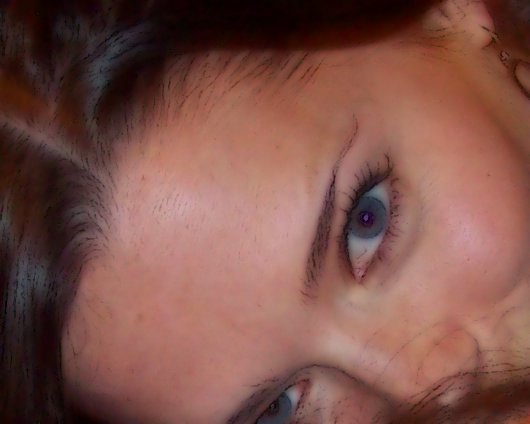Weekly Wino: Fresh from the Archives
I Vini Paesani

I wrote this way back in May of 2006 when I was living in Italy. If ever you wanted a little slice of Italian life, you can taste here.
That translates as "country wine," but the meaning is closer to home-made wine. I want to talk about this part of Italian wine life because is exists and is very important to the common Italian.
There is a large market for these unlabeled bottles and they are consumed in many homes as the daily table wine. This bottle is of the more "professional" variety, as it is sold in a 750 ml bottle with a cork. Many times, il vino paesano is packaged in old glass water bottles, or even 1.5 liter plastic water bottles. You can see in the photo to the right, the "label" is handwritten and says Gragnano. Gragnano is a slightly sweet and very fizzy red made on the Sorrento Peninsula. If you've ever had a lambrusco amabile, you have an idea of what this tastes like.
The first time that I ever tried vino paesano, I was 22 years old and in Venice. I had lost myself in the winding streets and happened upon a wine store. Inside was a very rotund man with a beard and an apron, and he explained to me that the 9 HUGE straw-covered casks on display were fresh wines brought in from all over the Veneto. Fresh wines! I'd never heard of this. Enthusiastically I asked for a bottle, and he asked me if I had one for him to fill. Of course not! He went to the back, brought out an empty plastic water bottle (1.5 L) and filled it with red. At that time, I paid about 3 dollars (still being a student, this was a pleasant surprise), carried my bottle with me, and shared it with my friend and a rowdy group of Italians on the train back to Florence. It was wonderful because I had found a new wine experience.
By now, I have tried just about every local varietal in its paesano version. In Ischia, that would mean the having tried the less-common-on-the-mainland biancolella (white), per'e'palummo/piedirosso (red). AND, there have even been times when the "uvaggio," or varietal(s) was unknown, even to its contadino (farmer) winemaker.
Wherever in Italy wine is made, (everywhere!), you are sure to find a local paesano production of the regional wines. They are neither fabulous nor complex, and sure never to win any distinction. They can be too sour, too tannic, or even oxidized--but if you find the right supplier, they can also be delicious and fun and just the right compliment to that rabbit braised in a clay pot.
They are certainly not perfect, and one cannot expect the same wine that comes out of a bottle, but they are an experience worth having because to the farmer who makes them, they are a manifestation of his passion for the land, they are his own personal work of art, they are his pride in a bottle that his wife lovingly puts on the table every day for the family. These wines are a pure expression of the important part of Italian culture that takes what nature has given locally and turns it into a sacred familial ritual of eating well every day.
These wines are the bare, simple truth of the vine, brought to fermented life by the hand that has worked his land for generations. It is local, rustic, and Italian; it is a way to get closer to the real culture, and for that, it is special.



























